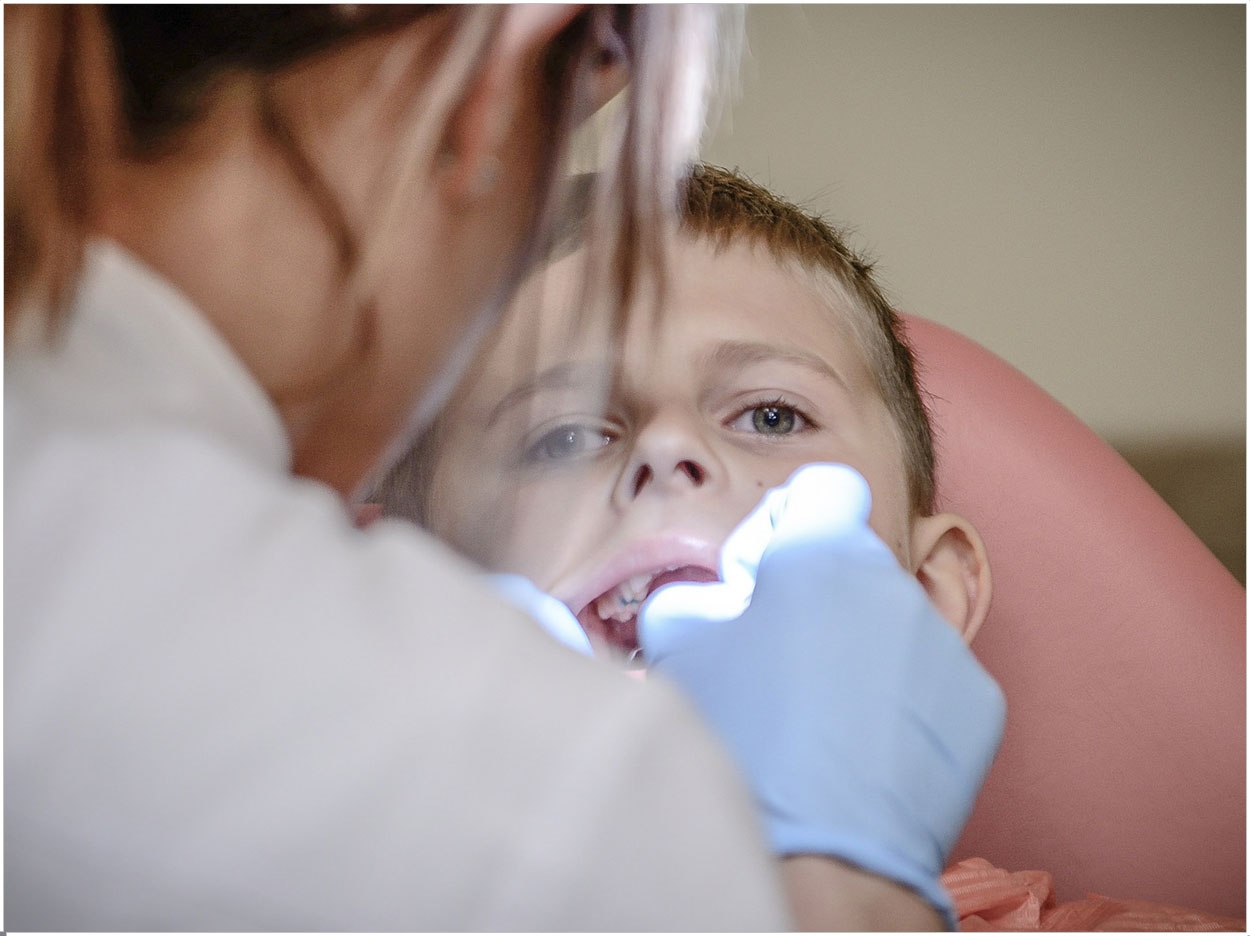
A single exposure to general anesthesia poses no cognitive risk to healthy children under the age of 3 years, according to researchers at Columbia University Medical Center and New York-Presbyterian/Morgan Stanley Children’s Hospital.
“A number of animal studies have suggested that exposure to commonly used anesthetic agents in early development could lead to deficits in learning, memory, attention, and other cognitive functions,” said lead author Lena S. Sun, MD, chief of pediatric anesthesiology at New York Presbyterian/Morgan Stanley Children’s Hospital.
“However, few clinical studies have adequately addressed whether this is also true in humans,” said Sun, who also is the Emmanuel M. Papper professor of pediatric anesthesiology at Columbia University. “Based on our findings, we can reassure parents that one exposure to anesthesia is safe for healthy young children.”
The Pediatric Anesthesia Neurodevelopment Assessment (PANDA) study examined whether exposure to a single anesthetic of short duration, with a median of 80 minutes, in children under the age of 3 years had an effect on global cognitive function later in life.
The study included 105 healthy children who underwent surgical repair of inguinal hernia, one of the most common operations in early childhood, at one of 4 sites. However, Sun said the general anesthesia used in dental procedures like extractions performed in the operating room or surgical facilities—not in dental offices—would be comparable.
“The results of the study can be generalized to single anesthetics in healthy children under the age of 3 years, particularly boys,” said Sun.
“The PANDA project is among the most rigorously designed studies aimed at addressing this concern,” said Guohua Li, DrPH, MD, co-author of the paper and a professor of epidemiology at Columbia University’s Mailman School of Public Health and College of Physicians and Surgeons. “Our findings should be reassuring to millions of parents whose young children need to undergo surgical procedures under general anesthesia across the world each year.”
The researchers assessed IQ scores and secondary neurodevelopmental outcomes including memory, learning, processing speed, visuospatial function, attention, executive function, language, and behavior when the children were between 8 and 15 years, allowing enough time after exposure for impairments to emerge. Outcomes were compared to those of a healthy, biologically related sibling of a similar age who was not exposed to anesthesia.
“There was no significant difference in IQ scores between the children who were exposed to anesthesia and siblings who were not,” said Sun. “We also saw no difference in most of the secondary outcomes, although more children in the group exposed to anesthesia exhibited internalizing behavior that required further clinical evaluation. That’s an area that needs to be further explored.”
Internalizing behaviors are behaviors that are directed inward. Examples of negative or problematic internalizing behaviors include anxiety, social withdrawal, and feelings of loneliness and guilt.
About 2 million children in the United States undergo anesthesia each year, with two thirds of them for surgical procedures such as hernia repair, circumcision, and tonsillectomy. Anesthesia also often is used in diagnostic procedures including imaging studies and endoscopies.
“Overall, this is good news for parents whose children need anesthesia for elective surgery or a diagnostic procedure. But the PANDA study leaves some important questions unanswered,” said Sun.
For example, Sun said, researchers need to take a close look at the effect of anesthesia on cognitive function in girls since most of the subjects in the group exposed to anesthesia were boys. Also, Sun said that researchers need to examine the effects of repeated and prolonged exposure to anesthesia in addition to the effects of anesthesia on more vulnerable subgroups like children with serious medical conditions.
The study, “Association Between a Single General Anesthetic Exposure Before Age 36 Months and Neurocongitive Outcomes in Later Childhood,” was published by The Journal of the American Medical Association.
Related Articles
Electricity Eliminates the Needle in Anesthesia Delivery
Phentolamine Mesylate Effective in Reversing Anesthesia
Finally, a Real Change in Dental Local Anesthesia












